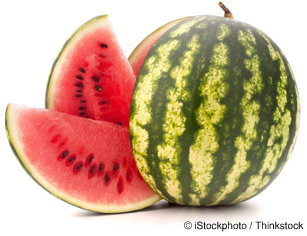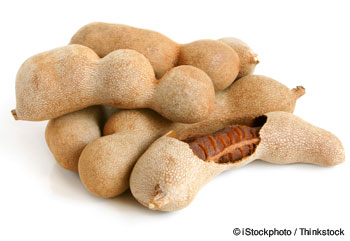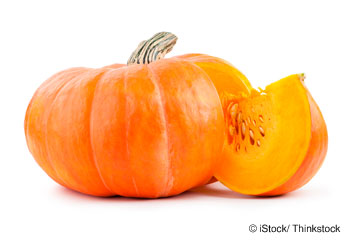Avocados Is Good For Health
Author: Ola Thomas | Category: Food Facts, Uncategorized
 Spanish conquistadors had their own historian, Oviedo, who reported positively about avocados discovered in Mexico around 1519. But this interesting fruit has graced Central and South America for perhaps 10,000 years, according to the avocado-inspired drawings and artifacts found in early Aztec settlements.
Spanish conquistadors had their own historian, Oviedo, who reported positively about avocados discovered in Mexico around 1519. But this interesting fruit has graced Central and South America for perhaps 10,000 years, according to the avocado-inspired drawings and artifacts found in early Aztec settlements.
A judge from Santa Barbara took the first Mexican avocado trees to California in 1871. California now grows 90% of the U.S. avocado crop in more than 6,000 groves…
16 May 2015
 If you ever see a salad green referred to as “rocket,” it’s simply another name for arugula, or roquette in French. Yet another brassicaceae along with kale and cauliflower, its delightfully pungent leaves have been cultivated in the Mediterranean since time was recorded. As such, arugula is a perennial favorite in Italian cooking.
If you ever see a salad green referred to as “rocket,” it’s simply another name for arugula, or roquette in French. Yet another brassicaceae along with kale and cauliflower, its delightfully pungent leaves have been cultivated in the Mediterranean since time was recorded. As such, arugula is a perennial favorite in Italian cooking. A member of the sunflower family of vegetables, the artichoke is actually a perennial thistle. First cultivated in the Mediterranean region, artichokes became scarce after the fall of the Roman Empire. They made a comeback in Italy in the 1500s, and then appeared in the Americas after introduction by French and Spanish gardeners.
A member of the sunflower family of vegetables, the artichoke is actually a perennial thistle. First cultivated in the Mediterranean region, artichokes became scarce after the fall of the Roman Empire. They made a comeback in Italy in the 1500s, and then appeared in the Americas after introduction by French and Spanish gardeners. Ripe and golden with a luscious flavor and velvety surface – or a more intense shade when dried – apricots are closely related to peaches, plums, and nectarines. Grown on deciduous trees, they’re actually a drupe, with the seed central to the surrounding fruit and each having a fairly uniform size. They’re sometimes overlooked as a fruit, perhaps because there are so many fruits to choose from in today’s markets.
Ripe and golden with a luscious flavor and velvety surface – or a more intense shade when dried – apricots are closely related to peaches, plums, and nectarines. Grown on deciduous trees, they’re actually a drupe, with the seed central to the surrounding fruit and each having a fairly uniform size. They’re sometimes overlooked as a fruit, perhaps because there are so many fruits to choose from in today’s markets. Delicious, crunchy, juicy, and sweet are all adjectives used to describe apples. They travel well, making them a popular lunchbox food and snack. Apples are extremely versatile. Although they are often thought of as distinctly American, they actually originated in Mesopotamia. Around 2,500 apple varieties are grown in the U.S., and 7,500 grown worldwide…
Delicious, crunchy, juicy, and sweet are all adjectives used to describe apples. They travel well, making them a popular lunchbox food and snack. Apples are extremely versatile. Although they are often thought of as distinctly American, they actually originated in Mesopotamia. Around 2,500 apple varieties are grown in the U.S., and 7,500 grown worldwide…
 Cultivated by the Aztecs 8,000 years ago and still a native crop in Peru, the ancient history of amaranth can be traced to Mexico and the Yucatan Peninsula. Today, it’s grown in Africa, India, China, Russia, throughout South America, and emerging once again in North America.
Cultivated by the Aztecs 8,000 years ago and still a native crop in Peru, the ancient history of amaranth can be traced to Mexico and the Yucatan Peninsula. Today, it’s grown in Africa, India, China, Russia, throughout South America, and emerging once again in North America. Watermelons have reputed roots in Africa, with the first recorded harvest in Egypt somewhere around 5,000 years ago. From there, they were sprouted throughout Asia and Europe. Colonists brought seeds with them to the New World, where around four billion pounds of watermelons are now produced every year. It’s easily the best-loved fruit in America.
Watermelons have reputed roots in Africa, with the first recorded harvest in Egypt somewhere around 5,000 years ago. From there, they were sprouted throughout Asia and Europe. Colonists brought seeds with them to the New World, where around four billion pounds of watermelons are now produced every year. It’s easily the best-loved fruit in America. Deliciously tangy and one of the most highly prized natural foods in South Asia, the tamarind – the melodic name of which comes from the Persian “tamar-I-hind,” meaning “date of India” – is gaining recognition and appreciation throughout the world. Said to be native to Africa,
Deliciously tangy and one of the most highly prized natural foods in South Asia, the tamarind – the melodic name of which comes from the Persian “tamar-I-hind,” meaning “date of India” – is gaining recognition and appreciation throughout the world. Said to be native to Africa, With names like buttercup, banana, turban, Hubbard, along with various crook-necked and green and white striped varieties, squash is technically a fruit, belonging to the pumpkin family.
With names like buttercup, banana, turban, Hubbard, along with various crook-necked and green and white striped varieties, squash is technically a fruit, belonging to the pumpkin family.